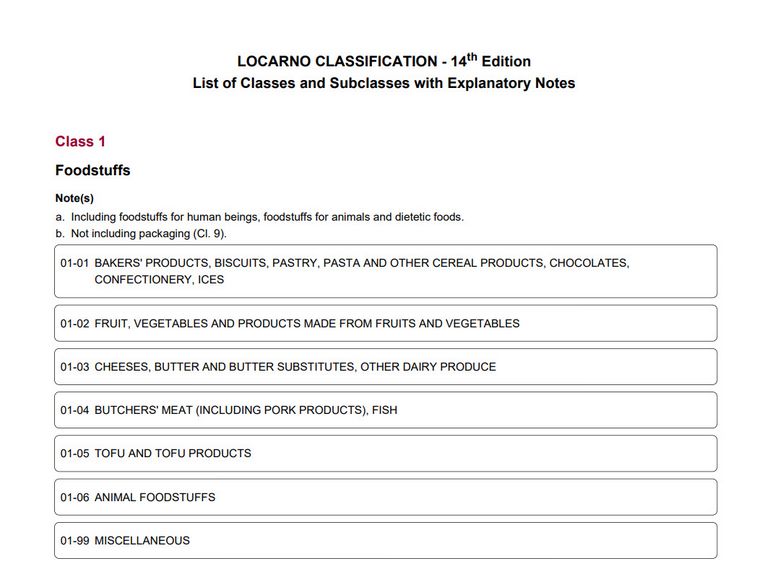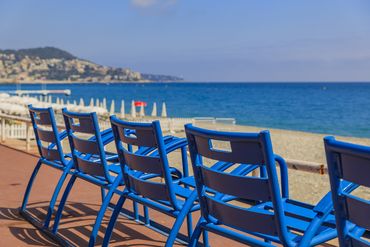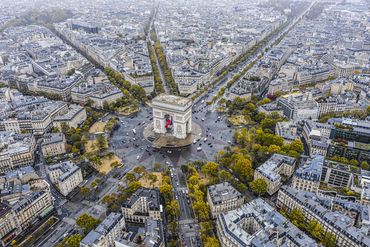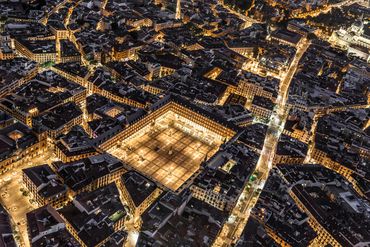For IP professionals
This is the portal for professionals working in the field of intellectual property. Here you'll find direct access to all necessary resources.
Quick links
Thirty-two design classes on the shore of Lake Maggiore
Walking through the Swiss Federal Institute of Intellectual Property (IPI), you could be forgiven for thinking you’re on a short trip around Europe. The meeting rooms are named after cities, such as Paris, Munich and The Hague. But there’s more to the names of these gathering spots than just destinations for upcoming holidays. Film-makers from all corners of the globe flock to the sunny Swiss city of Locarno every year to pay homage to the world’s most highly acclaimed films. It’s a very stylish city, which made it the ideal location for a key milestone in design protection.
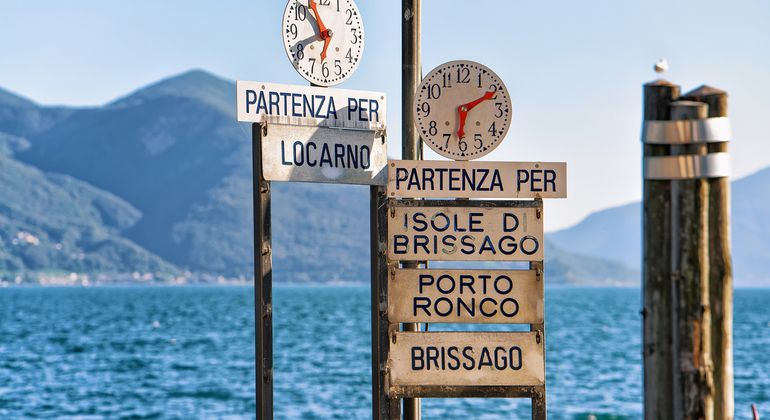
In this picturesque, sun-kissed city on the Maggia Delta, chairs are regularly set out for events in the Piazza Grande. And design rights are ordered by number. When designs are filed, they need to be classified. This means that they have to be designated as belonging to a specific goods class in the ‘Locarno Classification’, a system that makes it easier to deal with protected designs in international law.
It was at a diplomatic conference in this very city that an agreement on attributing designs to a total of 32 classes was signed in 1968. All the countries of the Paris Convention for the Protection of Industrial Property were invited to attend. The Locarno Agreement is thus the most recent treaty so far in our series on IP cities that have rooms named after them at the IPI.
The Locarno Agreement is the design equivalent of the Nice Agreement (more on this next week), which governs the classification of goods and services for trade marks.
As set out by the World Intellectual Property Organization (WIPO), the Locarno Classification comprises:
- a list of classes and subclasses
- an alphabetical list of goods which constitute industrial designs, with an indication of the classes and subclasses into which they fall
- explanatory notes
This classification is coordinated by WIPO’s International Bureau and is updated every few years.

